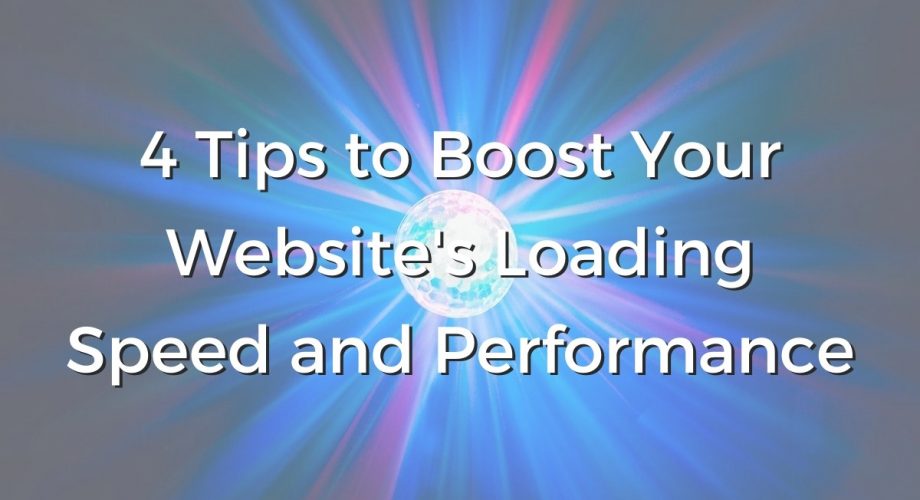No matter how fast technology is nowadays, the desire for speed will push us to develop tech that runs at an increasingly rapid pace. This applies to many things, and it’s especially apparent with server speeds. After all, the faster the servers, the happier the customers!
Put simply, being able to access a website quickly without any delay is one of the aspects of a great site, not only pushing it up the ranks with good SEO but becoming more attractive to use among visitors overall.
So, how do you make your website faster? There are just so many ways you can do so. To make things simple, here are a few tips you can consider.
1. Set Up Caches
If you are not too familiar with what a cache is, it is a component that stores a temporary copy of data to allow a device, such as a server, to access that information quicker.
As you might be able to tell from that definition, setting up a cache for your website means that it will be much more responsive. This is because, once something is cached, like a webpage, there is less downloading required to load it up. Of course, this still means that if your user needs to access a page they have never accessed before, they will need to retrieve the original data and then the cache can do its work.
2. Limit Button Usage
Buttons, such as sharing to social media, are quite useful on your website. However, this does not mean that you must fill it up with these elements. Make sure that you get rid of any unnecessary buttons to free up your server’s resources. This will allow your website to load quicker and with possibly fewer errors.
Along the same lines with your button use, also get rid of unnecessary plugins. They are a common cause of slow servers, so freeing up your server of unused plugins can, once again, free up more resources.
3. Upgrade Your Hardware
Perhaps the most basic yet effective tip we can give you is to upgrade your current equipment. This can include upgrading your hard drives to faster storage options, such as shifting from a spinning drive to a solid-state one or increasing RAM capacity.
Almost any physical upgrade you do for your server will often increase its reliability and speed. It is also one of the more expensive activities to carry out, especially if you opt for top-of-the-line hardware.
4. Optimize Your Servers
If you cannot afford new hardware, then you will need to optimize what you already have. For instance, you can disable unused services. This works because these services take up your server’s resources. They not only take up your RAM but also potentially eat up CPU processing power, leaving fewer resources for other vital services to work with.
Another great way you can optimize your server is with the use of a load balancer. It essentially distributes all your network traffic to servers, allowing each server to perform adequately. This eliminates the chances of overloading one server while leaving all the others with barely any traffic.
Now It’s Time to Improve Your Website Speed up to Standard!
By following the tips, your server will turn out to be much quicker and more responsive in its operations. This will result in much happier visitors, boosting your conversion rates, and even sales!
If you find that your website is a mess and needs a lot of tweaking and fixing to speed up, start immediately. You can also work with professionals to help you out. After all, the process can take some time, and having experts with you speeds it up as they will be able to pinpoint precisely how you can improve your site.
A Top US-Based Server Load Balancer
Are you looking for a US-based software load-balancing solution? Resonate offers you exactly what you need. Our load-balancing solution is just what you need to speed up your website’s performance and boost your business! Reach out to us today.

